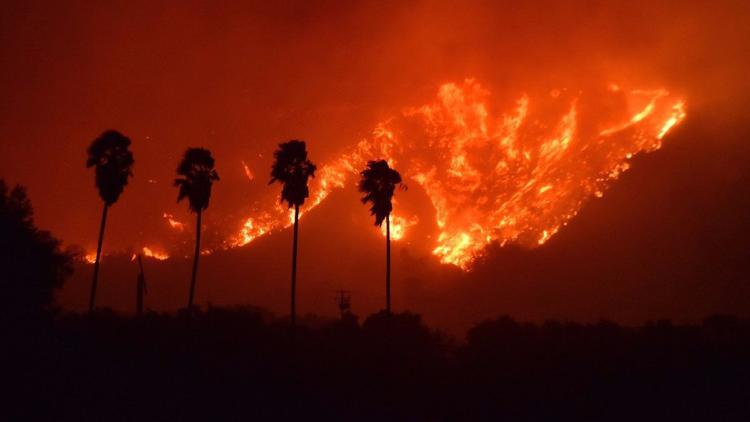Risks for Hydropower
With most hydro resources already
developed, renewable developments in Europe focus almost entirely on other
energy sources such as wind, biomass, solar photovoltaics and ocean conversion.
There is no reported mid- or large-scale hydro development in the pipeline but
there are continued installations of small hydro plants. This expansion carries
with it risk.
There are concerns that giant dams may
cause the earth to move triggering earthquakes, mentioned above. To date these
have been unfounded and a bigger concern is earthquake damage to dams, which
may lead to the rapid release of water causing damage downstream. During the
7.1 tremor in April 2010 in Qinghai, China, the Changu plant was damaged. While
this damage was not serious or cause lasting damage, other earthquakes could
cause serious damage via five mechanisms outlined in the figure below.
One of the biggest environmental factors
that may affect hydro plants is climate change. Many large scale projects are
strongly affected by seasonal variations in rainfall. In Africa blackouts have
been attributed to reduced capacity of hydro resovoirs and dams. It is very
difficult for hydro plant owners to mitigate or adapt to reduced rainfall due
to uncertainty over short and long-term rainfall patterns. Coupled to that is
the potential affects of climate change, which could alter rainfall patterns
dramatically and affect hydro projects as many have a lifetime of up to 100
years.
Small hydro power
Small hydro power is hardly affected by
these environmental problems and the impacts of such small installations are
marginal, if there is any at all. It is promoted as environmentally friendly.




Comments
Post a Comment